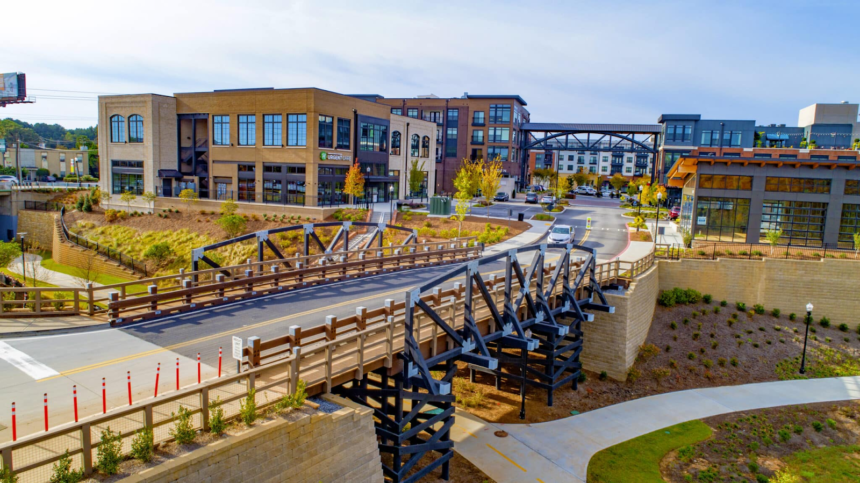Timber bridges have been used for many years, and they are still a smart choice for crossing rivers, streams, or valleys. These bridges are strong, easy to build, and can look very beautiful. If you are planning to build a timber bridge, you need to plan well and understand some key steps.
Whether it’s for a park trail, a private property, or even a small road, building a safe and lasting timber bridge takes care and effort. Here are five practical tips to help you along the way.
Understand Your Site
Before starting any kind of building, it’s important to understand the land and area where the bridge will go. Is the ground firm or soft? How wide is the water or space you need to cross? Is the area often wet or dry? You should also check if the area is prone to flooding.
All of these details will help you choose the right design, wood type, and building method. Taking time to learn about your site will prevent problems later.
Choose the Right Timber
Not all wood is the same. Some types of timber last longer in wet weather, while others can rot quickly. For bridges, hardwoods like oak and treated softwoods are often good choices. The wood needs to be strong enough to carry weight and should resist insects and decay.
If you’re not sure what kind to use, talk to a local supplier or someone with experience in timber structures. Also, make sure the timber is treated so it can last for many years.
Plan for a Strong Foundation
The base of the bridge is just as important as the bridge itself. Without a good foundation, the whole structure can sink or lean over time. For Timber Bridge Building, foundations are often made of concrete or large wooden posts set deep into the ground.
The foundation needs to be deep and strong enough to hold up the bridge even during heavy rain or strong winds. Make sure water can flow freely under the bridge without washing away the soil around it.
Think About Maintenance
Even strong timber bridges need care over time. You should plan for regular inspections to check for damage, rot, or loose boards. Sometimes, you might need to apply sealant or paint to protect the wood from rain and sun.
It’s also important to keep the area around the bridge clear so that plants and debris don’t cause problems. With a little care each year, your timber bridge can last for decades.
Consider Hiring General Contractors
While some people enjoy building things on their own, timber bridge building is not a simple weekend project. If your bridge needs to carry cars or large loads, or if it’s over a deep stream, it may be safer to get help. This is where general contractors can make a big difference.
They have the right tools, knowledge, and team to handle the job. General contractors can also help you follow local rules and building codes, which is important for safety and approval.
Conclusion
Timber bridges can be a great way to cross natural spaces while still looking natural themselves. By understanding your land, picking the right wood, building a strong base, planning for upkeep, and getting help from professionals like general contractors, your bridge can be both beautiful and long-lasting. Take your time, plan well, and soon you’ll have a strong wooden bridge you can be proud of.







